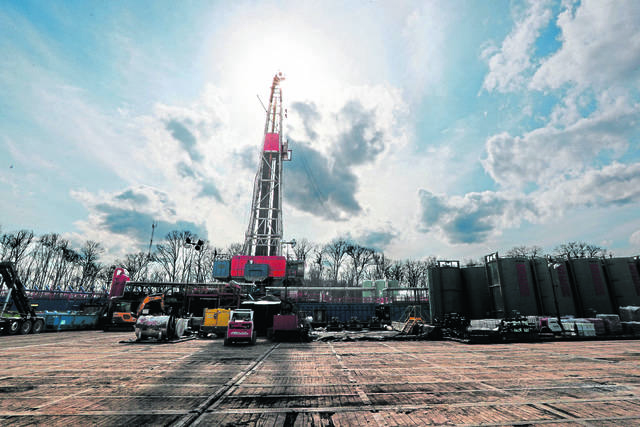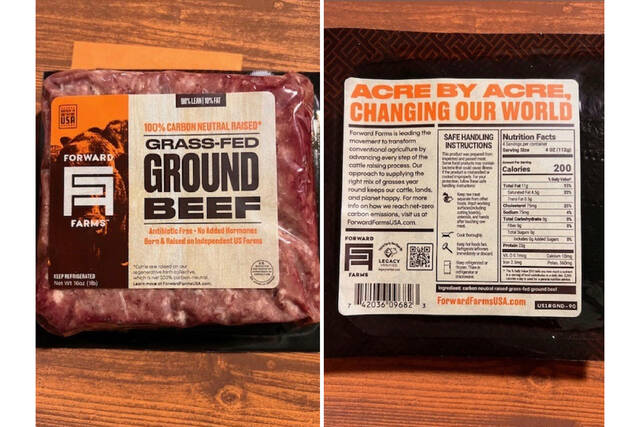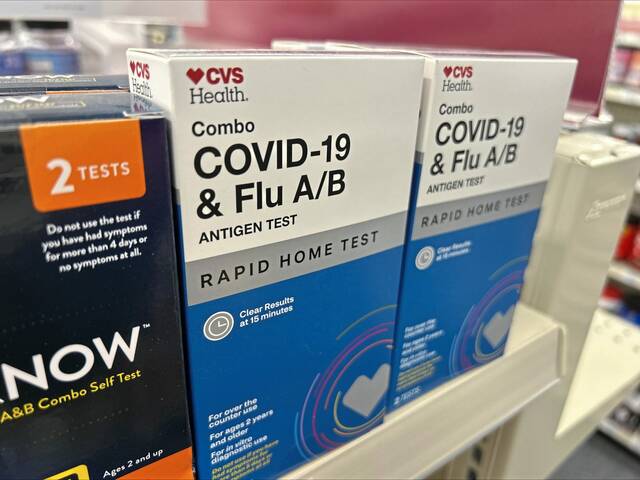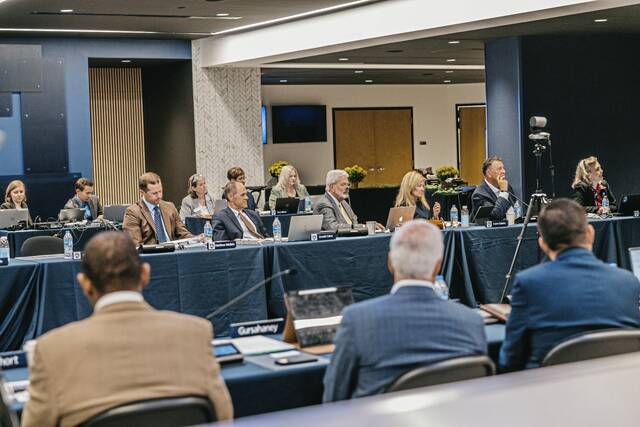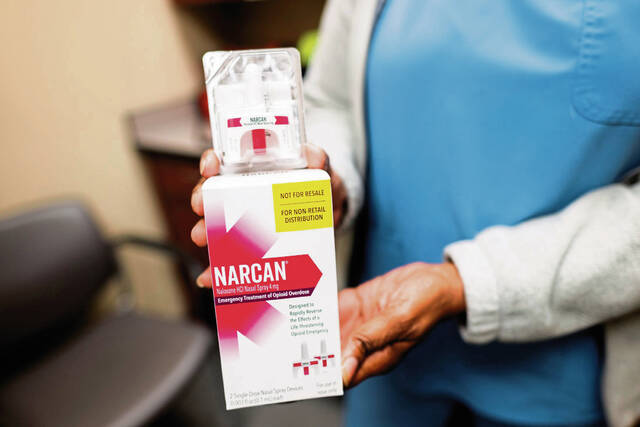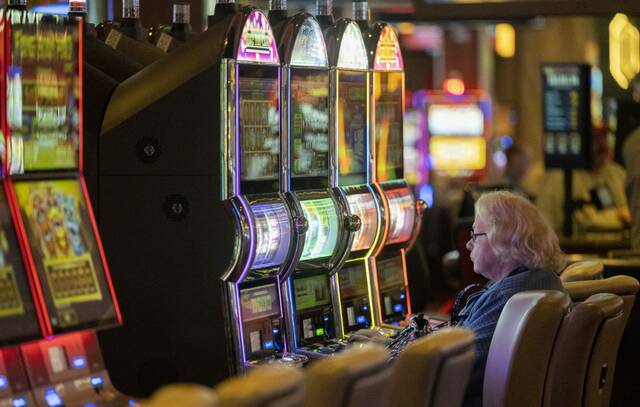When covid-19 safety precautions postponed the annual after-winter return of Pennsylvania’s Department of Conservation and Natural Resources staff to keep tabs on the impacts of shale gas drilling, they knew they had a lot of ground to make up.
But since then, the DCNR has managed to get back to the field and back on track while managing to stay safe during the pandemic.
For those ongoing efforts to monitor the environment and natural resource impacts of shale gas drilling on state forest land, the Wolf administration Wednesday recognized the DCNR for finding new ways to inform the public about its efforts.
“These foresters and forest technicians have really been working hard while taking the appropriate precautions,” said DCNR Secretary Cindy Adams Dunn. “They understand the need and the importance of the monitoring program, and the need for consistency and precision in the measurements that we take.”
While teleworking from March to May, the foresters and forest technicians were able to update field manuals, organize and update data files, database applications and ways that monitoring information is stored and analyzed.
Dunn said the Shale Gas Monitoring Team also created and released the Shale Gas Monitoring Story Map to provide information to the public about the impacts of gas drilling in state forests in a much more timely and understandable manner.
The map includes data on infrastructure, water, invasive plants and recreation.
“Invasive species continue to be the biggest issue we face with shale gas development,” Dunn said. “Based on what we’ve learned through monitoring, DCNR has implemented early detection and rapid response to address invasive species related to gas development, taking action when the plants are encountered.”
Dunn also said that gas drilling on state forest land has slowed, with small amounts of land converted to infrastructure. According to the DCNR, only about 35% of the current shale gas lease sites on state forest land have been built out.


